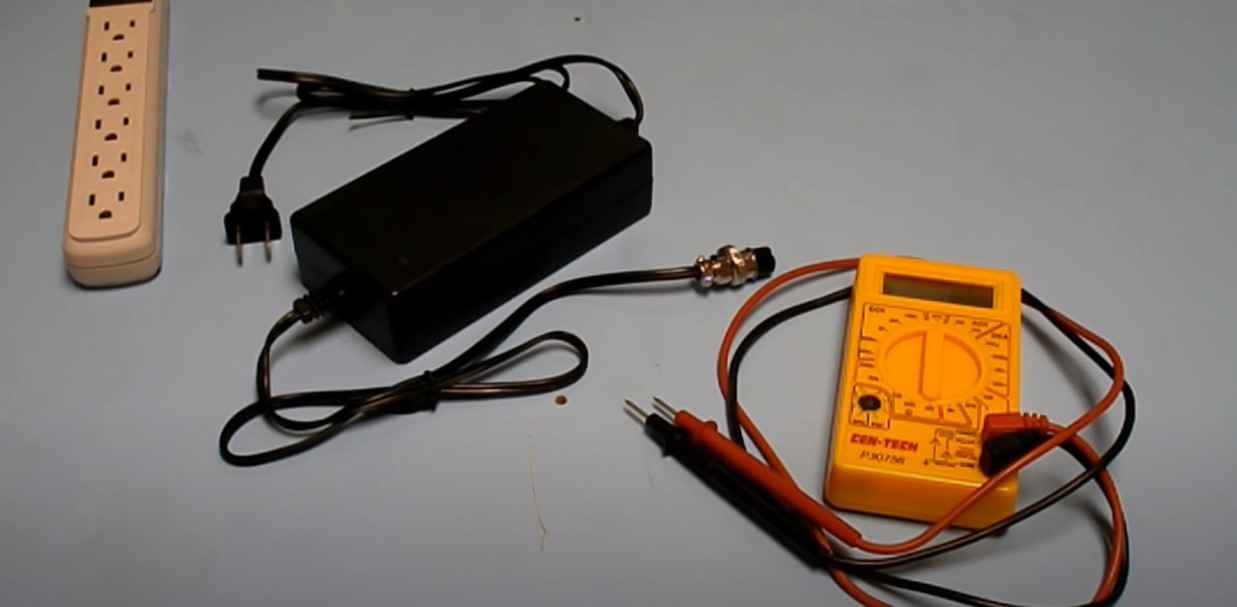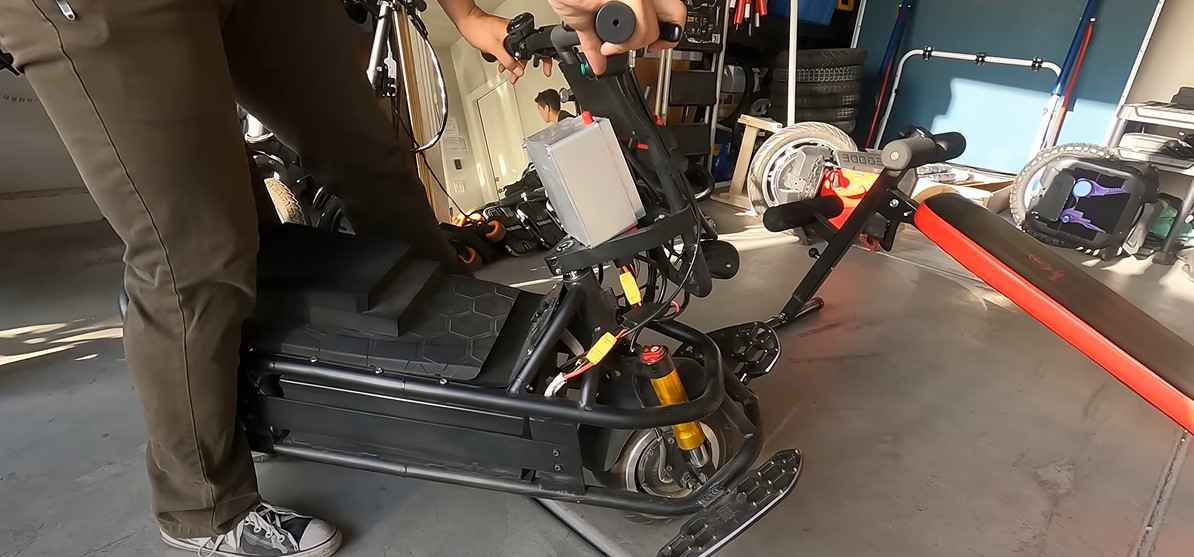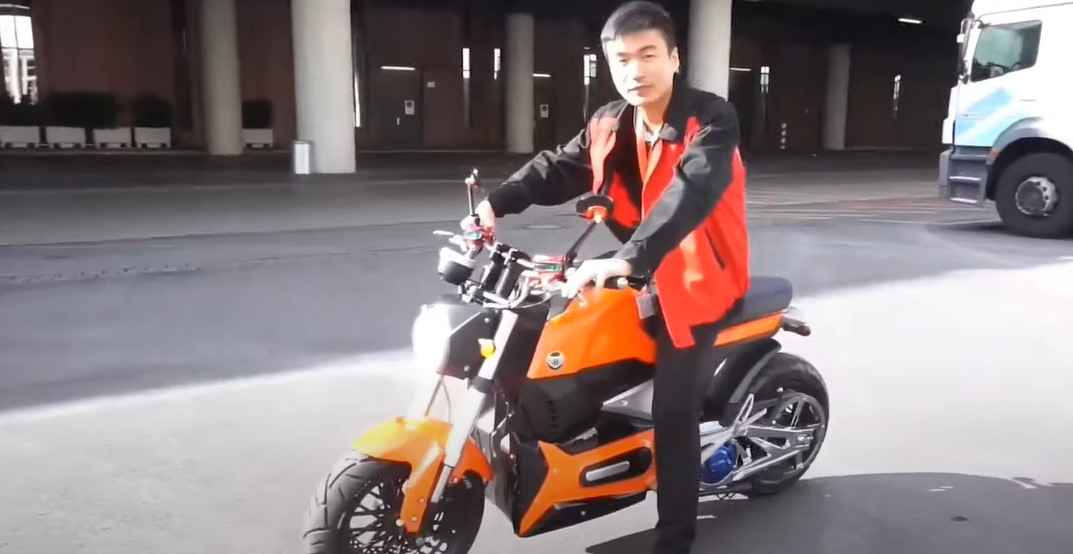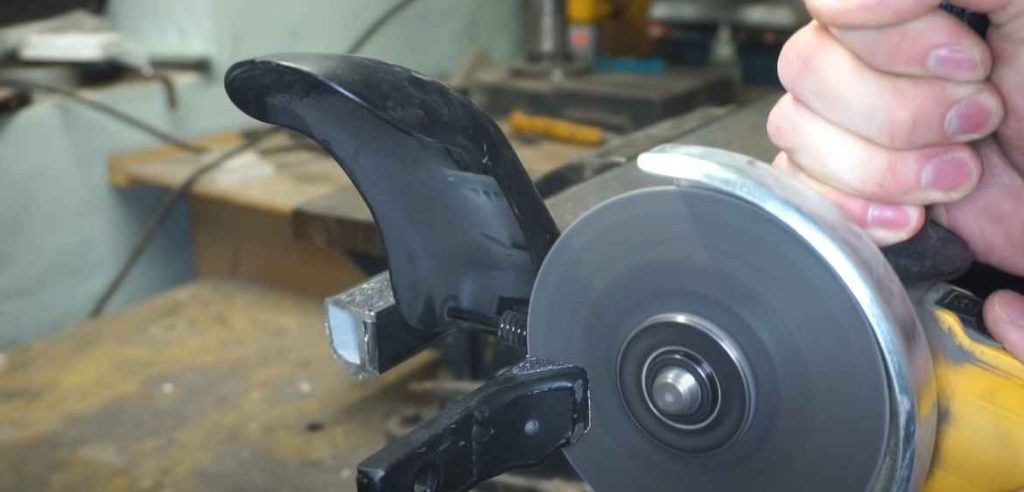If you have escooter , it does not start properly . You must have check escooter motor and wondering about “How to Know If My Motors Dead Escooter?”
To determine if your e-scooter motor is dead, check for unresponsiveness or unusual noises upon acceleration. Inspect for any error codes displayed on the e-scooter’s dashboard.
For electric scooter enthusiasts and daily commuters, understanding the health of your vehicle’s motor is necessary to maintaining a smooth ride. A sudden halt in movement or a distinct lack of power despite a full battery charge often signals motor issues.
Regularly check your e-scooter’s function and responsiveness to detect potential motor failures early, ensuring safety and preventing inconvenient interruptions during transit.
Conducting these checks aids in timely repairs, potentially saving on future costs and extending the lifespan of your e-scooter.
Table of Contents
ToggleRecognizing The Symptoms Of A Dead Escooter Motor
Is your eScooter refusing to move like it used to? A dead motor could be the culprit. Riders need to spot the warnings early. This can save both time and money. Here’s how you can tell if your eScooter motor has called it quits.
Unresponsive Acceleration
Imagine twisting the throttle and nothing happens. Your eScooter should glide forward with ease. If it doesn’t, the motor might be dead. Take note of these signs:
- Power fades or is non-existent
- Throttle gives no feedback
- eScooter refuses to start
Test the throttle without load. Try lifting the wheels off the ground. If they still won’t spin, your motor could be the issue.
Abnormal Noises
Your eScooter’s motor should run smooth and quiet. Abnormal sounds are a red flag. Listen for these:
- Grinding or screeching sounds
- Clicking noises during a ride
- Hums or buzzes when accelerating
Such noises often signal internal damage. Get a professional check if these sounds persist. The motor may need repairs or replacement.
Conducting A Pre-diagnosis Check
Your eScooter refuses to start. Don’t panic. Some simple checks can help you understand if it’s a motor issue or something else. Let’s take a look at how to identify the problem.
Checking Battery And Connections
Start with the power source – the battery. Dead motors often link to battery issues.
- Ensure the battery is fully charged.
- Inspect cables for any signs of wear or damage.
- Use a multimeter to check the battery’s voltage.
If the battery reads below its normal voltage, charging issues or a dead battery may be the culprit.
Examining External Motor Damage
Now turn to the motor itself. Visible damage can indicate a problem.
- Check for any burn marks on the motor casing.
- Look for loose wires or components.
- Turn the wheels manually to ensure they’re not obstructed.
If you detect physical damage, it may mean your motor needs repair or replacement.
Power Test: Assessing The Electrical Flow
Your eScooter is like a trusty steed, but what happens when it stops galloping? If your ride’s not revving up, it might just be a power issue. Verify your motor’s vitality with a power test—a diagnostic check for your scooter’s electrical system.
It’s akin to a health check-up, revealing whether the motor is truly operational or not. Let’s get your wheels turning again by testing the motor’s heartbeat!
Multimeter Basics

A multimeter is your detective tool in this quest for answers. With two probes, it measures electric current (amps), voltage (volts), and resistance (ohms). It’s essential to check your multimeter’s battery before starting. A fresh battery ensures accurate readings.
- Set your multimeter to the appropriate setting.
- Connect the black probe to the negative end, and red probe to the positive end of your circuit.
- If the screen reads zero or close to it, your circuit is open or broken.
- A value will appear if there’s electrical flow.
Testing Your Escooter’s Motor Circuit
Time to get hands-on with your eScooter’s motor. Follow these steps for an accurate test:
- Ensure your eScooter is powered off and safely stabilized.
- Locate the motor’s connections and disconnect them.
- Set your multimeter to DC voltage mode. This checks if the battery’s alive.
- Touch the probes to the battery terminals. No reading means a dead battery.
- Switch the multimeter to resistance mode to test the motor.
- Place probes on the motor terminals. A very high resistance reading could point to a motor issue.
If you’ve found faulty readings at any step, your eScooter’s motor might need professional attention. Remember, keeping your scooter in check ensures a smooth, safe ride every time!
Decoding The Error Codes
Is your eScooter refusing to start? It might be trying to tell you something. Modern eScooters are clever machines with built-in diagnostics. Error codes can shine a light on what’s going wrong. Here’s how to decipher these cryptic messages.
Interpreting Escooter Dashboard Messages
When your eScooter fails to start, the dashboard may display numbers or symbols. These are error codes. They represent specific issues within the scooter’s mechanics or electronics. Take note of the code shown; it’s the key to unlocking the problem.
Add more rows as needed for different error codes
| Error Code | Potential Issue |
|---|---|
| E1 | Battery power low or defective |
| E2 | Motor issue detected |
Note down the code and compare it with a common error list – online forums and eScooter communities often share these.
Consulting The User Manual

Gather helpful insights by consulting your eScooter’s user manual. It should have a section dedicated to error codes. Find the code you observed on the dashboard. The manual will detail the issue and suggest steps for a resolution.
- Turn to the manual’s error code section
- Match the dashboard code with the manual
- Follow the recommended actions
If the code is missing from your manual, contact the manufacturer’s support team. They can offer guidance specific to your eScooter model.
Remember, some issues are simple fixes, while others may require professional repair. Always prioritize your safety when dealing with electric scooters.
Physical Inspection: When To Look Under The Hood
Escooters are fun until they stop running. A dead motor can ruin the ride. Physical check-ups save time and cost before visiting a mechanic. Let’s examine key signs to help identify if an escooter’s motor has given up.
Identifying Burnt Smell Or Discoloration
A burnt odor is a red flag. Sniff around the motor area. Detecting a smell like burning plastic suggests motor trouble. Look for marks of burning or char. Discoloration on metal parts often means overheating.
Spotting Frayed Wires Or Melted Components
Exposed or torn wires pose a serious threat. Check your escooter’s wires and connections. Melted parts can point to extreme heat issues in the motor. Any damage could lead to a motor breakdown.
Inspection Tools:
- Nose – for detecting burnt smells.
- Eyes – for spotting visual damage.
- Touch – for feeling overheating or wear.
Inspection Steps:
- Turn off the escooter for safety.
- Remove the casing around the motor.
- Use your senses to check for signs.
| Sign | Indicates |
|---|---|
| Burnt Smell | Possible motor or wire damage. |
| Discoloration | Overheating of motor parts. |
| Frayed Wires | Electrical dangers or faults. |
| Melted Components | Excessive heat, likely motor issue. |
Spotting these issues early can save your ride. Regular maintenance ensures longer escooter life. Stay vigilant and keep rolling safely!
The Push Test: A Manual Approach
Determining if your eScooter’s motor is dead doesn’t require advanced tools. The push test is a simple, manual method to check motor integrity. Grab your scooter and get ready; you’re about to become a DIY diagnostic expert with this fundamental technique.
Conducting A Resistance Check
Start with the resistance check. Turn off your eScooter. Disengage any brakes. Gently push the eScooter forward. A working motor offers slight resistance due to its magnetic components. Feel for this resistance. Absence might indicate a problem.
If the scooter rolls too freely, like a skateboard, note this as a potential red flag. A healthy motor should resist just enough to inform you of its presence. Jot down your observations before proceeding to the next step.
Wheel Movement

Next, focus on the wheel movement. Push the scooter at a steady pace. Observe and note the wheel’s behavior.
- Is the rotation smooth?
- Do you notice any stuttering or stopping?
- Does the wheel spin a bit after you stop pushing?
These observations are critical. They can differentiate between a motor issue and a potential battery or controller problem. A smooth, continuous spin suggests the motor can still engage. Any irregularity in the wheel’s movement could point towards a motor fault.
Burnout Or Battery? Isolating The Cause
Is your eScooter refusing to budge? It’s time to pinpoint the problem. Two main culprits could halt your ride: a motor burnout or a battery issue. Finding out which one it is can save you time and money.
Battery Voltage Testing
Start simple. Test your eScooter’s battery voltage. A multimeter is your best friend here. Follow these steps:
- Ensure the scooter is off.
- Access the battery terminals.
- Set your multimeter to DC voltage.
- Place the probes on the terminals.
- Read the voltage output.
Compare this reading with the normal operating voltage stated in your manual. If it’s low, your battery may need a charge or replacement.
Ruling Out Other Electrical Failures
Low voltage doesn’t always point to a dead battery. Look for other signs too:
- Check all wires and connections.
- Inspect for visible damage or loose components.
- Listen for unusual sounds when turning on.
These simple tests can reveal if the problem lies elsewhere. No loose wires or sounds? It might just be a battery issue after all.
Professional Intervention: When To Seek Help
Electric scooters are a convenient way to zip around town, but when they stop working, it’s crucial to know whether professional help is needed. Understanding when to call in an expert can save time and money.
Finding A Certified Technician
When your e-scooter fails to start, seeking a skilled technician is the next step. Certified professionals possess the necessary tools and knowledge to diagnose issues effectively.
- Search for local repair shops specializing in e-scooters.
- Check certifications to ensure quality service.
- Read reviews and get recommendations for reliable technicians.
Cost Vs. Benefit Of Professional Repair
Deciding on a professional repair involves comparing costs against the benefits. Sometimes, investing in a repair might exceed the value of the scooter.
| Repair Cost | Scooter Value | Action Plan |
|---|---|---|
| High | Low | Consider replacement |
| Low | High | Opt for repair |
Evaluate the problem’s complexity and the scooter’s age. If repairs are frequent, buying a new one might be more economical.
Prevention Tips: Extending Motor Life

Keeping an e-scooter running smoothly means taking care of its heart: the motor. By following a few preventative tips, extending the life of an e-scooter motor is easier and more cost-effective.
Regular Maintenance Routines
Maintaining the e-scooter’s motor ensures optimal performance. Regular checks will avoid bigger issues down the line.
- Check for loose connections: Tighten any loose wires or connectors.
- Lubricate moving parts: Keep these parts running smoothly.
- Clean regularly: Remove dust and debris that can cause overheating.
- Inspect the motor’s condition: Look for any visible damage or wear.
- Follow the manufacturer’s guidelines: Stick to the suggested maintenance schedule.
Avoiding Common Mistakes
Avoid simple errors to keep the motor in top shape.
| Mistake | Tip |
|---|---|
| Ignoring unusual noises | Listen for grinding or clunking and act quickly. |
| Riding in bad weather | Water and electronics don’t mix – avoid rainy rides. |
| Overloading the scooter | Stick to the weight limit to reduce motor strain. |
| Forgetting brake checks | Functioning brakes protect the motor from overworking. |
Simple habits like these protect your e-scooter’s motor. A motor that lasts longer means more rides and less hassle.
Frequently Asked Questions Of How To Know If My Motors Dead escooter
How Do You Know If Your Scooter Motor Is Bad?
To determine if your scooter motor is faulty, notice unusual noises, decreased power, or failure to start. Check for burning smells or visible damage. If symptoms persist, consult a professional for a definitive diagnosis.
How Do You Test An Electric Scooter Motor?
To test an electric scooter motor, check the battery voltage with a multimeter, ensure connections are secure and inspect for any visible damage. Engage the throttle and observe if the motor shaft spins, indicating proper function. If it doesn’t spin, the motor may need repairs or replacement.
Why Is My Electric Scooter Motor Not Running?
Your electric scooter motor might not run due to a dead battery, loose wiring, a faulty motor, or a tripped circuit breaker. Check these components to diagnose the issue.
How Do You Know If Your Electric Scooter Is Broken?
Your electric scooter may be broken if it fails to turn on, makes unusual noises, has reduced speed, shows error codes, or won’t charge properly. Look for visible damage or loose connections as well.
Conclusion
Determining if your e-scooter’s motor has failed can feel daunting. Yet, with these steps, diagnosis is simplified. Always consult your manual or a professional for complex issues. Regular maintenance can prevent unexpected failures. Ride safely and keep your e-scooter in top condition for an enjoyable, smooth journey ahead.




